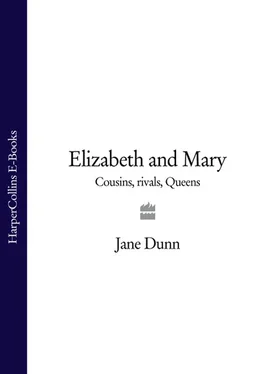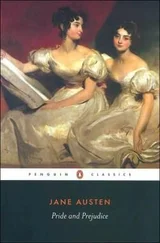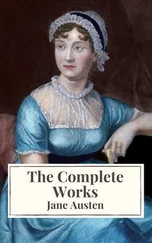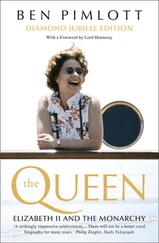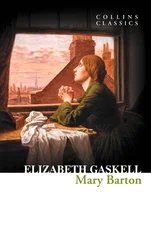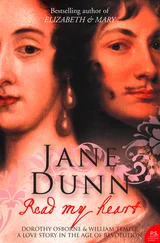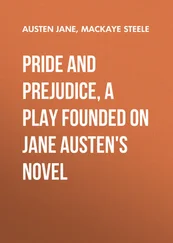ELIZABETH
AND
MARY
Cousins, Rivals, Queens
JANE DUNN

DEDICATION Dedication Chronology Preface 1 The Fateful Step 2 The Disappointment of Kings 3 The Education of Princes 4 Apprenticeship for a Queen 5 Wilfulness and God’s Will 6 Complicity and Competition 7 Raison de Coeur: Raison d’État 8 Seeking a Future King 9 Outrageous Fortune 10 Double Jeopardy 11 Singular Foes 12 The Consequence of the Offence Select Bibliography Index P.S. About the Author About the Book Read On Acknowledgements About the Author Author’s Note Notes By the Same Author Copyright About the Publisher
In memory of a much loved father
DAVID ROLF THESEN
1923–2002
‘out of the strong came forth sweetness’
Title Page ELIZABETH AND MARY Cousins, Rivals, Queens JANE DUNN
Dedication DEDICATION Dedication Chronology Preface 1 The Fateful Step 2 The Disappointment of Kings 3 The Education of Princes 4 Apprenticeship for a Queen 5 Wilfulness and God’s Will 6 Complicity and Competition 7 Raison de Coeur: Raison d’État 8 Seeking a Future King 9 Outrageous Fortune 10 Double Jeopardy 11 Singular Foes 12 The Consequence of the Offence Select Bibliography Index P.S. About the Author About the Book Read On Acknowledgements About the Author Author’s Note Notes By the Same Author Copyright About the Publisher In memory of a much loved father DAVID ROLF THESEN 1923–2002 ‘out of the strong came forth sweetness’
Chronology
Preface
1 The Fateful Step
2 The Disappointment of Kings
3 The Education of Princes
4 Apprenticeship for a Queen
5 Wilfulness and God’s Will
6 Complicity and Competition
7 Raison de Coeur: Raison d’État
8 Seeking a Future King
9 Outrageous Fortune
10 Double Jeopardy
11 Singular Foes
12 The Consequence of the Offence
Select Bibliography
Index
P.S.
About the Author
About the Book
Read On
Acknowledgements
About the Author
Author’s Note
Notes
By the Same Author
Copyright
About the Publisher
Four hundred years ago, on 24 March 1603, Elizabeth I died. She was in her seventieth year. Having been propped for days on cushions on the floor in her chamber, she had been persuaded to take to her bed at last. To her Archbishop of Canterbury, silencing his praise, she said, ‘My lord, the crown which I have borne so long has given enough of vanity in my time.’ These words struck to the heart of the tragedy that had befallen Elizabeth and Mary Queen of Scots. This same crown had been the focus of Mary’s ambition too; her claim to Elizabeth’s throne was the obsession of her adult life from which so many disasters flowed.
Elizabeth realized that her crown and all the powerful interests that surrounded it were what drew her and Mary together, and yet fatally divided them. Despite possessing the throne of England, with all the pride of a daughter of King Henry, she was haunted by a deep-rooted insecurity as to her own legitimacy. When pressed by Parliament to sign Mary’s death warrant, Elizabeth railed in anguish against the crown that had made this unnatural decision hers alone. Instead she wished that Mary and she ‘were but as two milkmaids with pails upon our arms’, and she regretted, ‘that there were no more dependency upon us but mine own life were only in danger and not the whole estate of [her people’s] religion and well-doings’. It was their royal rather than their human status that had brought these queens to such straits that one had to die.
Sixteen years before Elizabeth’s own natural death in old age, Mary was beheaded at the age of forty-four. From that one act of regicide, a queen killing a fellow queen, a mythology of justification, romance, accusation and blame has been spun that retains its force to the present day. Of all the monarchs of these islands it is Elizabeth I and Mary Queen of Scots who most stir the imagination. They divided powerful opinion in their lifetimes and were the focus of passionate debate in the centuries that followed their deaths. Murderess, ‘whore’, daughter of the devil were epithets flung at both queens by their detractors, while their supporters claimed Elizabeth as hero and saviour, Mary as martyr and saint. It was the relationship between them that heightened these extremes of partisan feeling. Even in death, through history and myth, they continued locked together in complex rivalry, somehow embodying the ancestral character and mutual suspicion of their respective kingdoms.
In this new millennium, people identify with each queen still, arguing their merits and failures, and thinking they see some likeness in themselves. Elizabeth, the Virgin Queen, arguably the greatest monarch we have ever had, is certainly the one who most attracts superlatives. Unfashionable in her belief in self-discipline and sacrifice, she is irresistible as a reminder of England’s past glory and pre-eminence in the world: a phenomenon of her own making, without precedent or successor. And Mary, a queen celebrity, femme fatale and flawed heroine, valuing pleasure over duty and adventure most of all. She even cast her kingdom away for illicit love – what more modern sacrifice could there be? Finally, the brilliant coup de thêatre of her death opened a path back to redemption.
And I myself am far from immune from this fascination. When I opened the volumes of State Papers covering their reigns I was amazed by the vivid immediacy of the voices. Both queens, their ambassadors and ministers, all speak to us through the centuries with more forthright, revealing and affecting language than one would ever expect from official documents today. From letters, speeches, prayers, poems, diplomatic dispatches and ministers’ reports, the queens’ voices would explain themselves. By placing them centre stage and writing of their relationship with each other and the world, there was more space to explore their characters through their own words and those of their contemporaries.
Consequently, this is not a dual biography of these queens. Instead it is a kind of hybrid, about historical figures but not a history charting every aspect and incident of their lives. Chronological, but not strictly so, it follows the dynamic interaction which shifted as each queen took the initiative by turns, one never entirely dominant, each highly aware of the other. The balance of power was never clear cut: Elizabeth appeared to hold all the best cards, but Mary played those she had to disconcerting effect.
There are many fine biographies already of these most written-about queens: for Elizabeth, the classic J.E. Neale, and more recently Anne Somerset’s elegant, authoritative work, Alison Weir’s popular trilogy, and David Starkey’s vivid portrayal of the princess’s youth; for Mary, nothing has superseded in more than thirty years Lady Antonia Fraser’s impressive and sympathetic Life, although Jenny Wormald’s study of Mary as a monarch is marvellous. But the wealth of primary sources is so great that the scope for bringing new illumination to the story is almost boundless.
Elizabeth and Mary is about the relationship between the queens, one that seemed, during their lifetimes, to evolve a life of its own, and in the end hold both captive to it and each other. It was the most compelling relationship of their lives, affecting their political policy and personal attitudes. Unlike Elizabeth with Burghley and Leicester, or Mary with Moray, Darnley and Bothwell, this was a relationship neither had chosen, nor could escape, even in death. Elizabeth realized with some despair how their fates were intertwined: when she was ostensibly Mary’s jailer she declared, ‘I am not free, but a captive.’
Читать дальше
